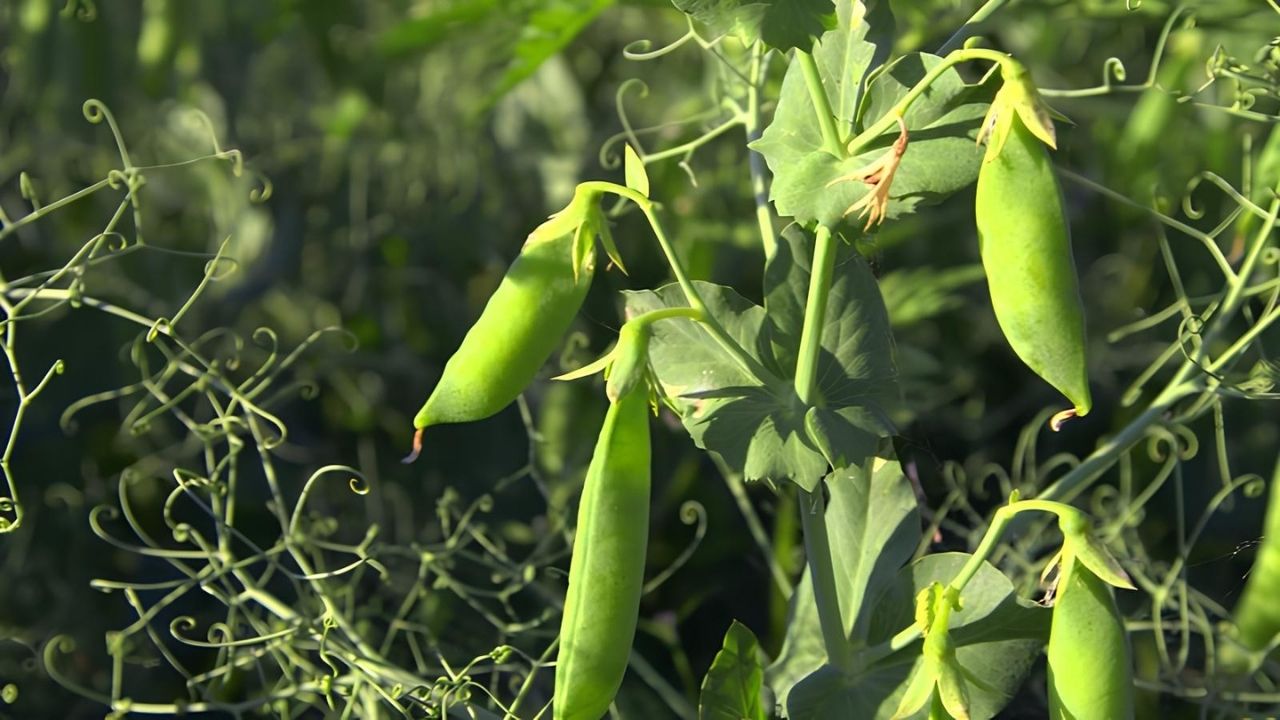
Legumes are more than just beans and peas; they are a powerhouse of nutrition and sustainability. Ever wondered why they are so important? Legumes are packed with protein, fiber, vitamins, and minerals, making them a staple in diets worldwide. They also play a crucial role in agriculture by fixing nitrogen in the soil, reducing the need for chemical fertilizers. From chickpeas to lentils, these versatile plants can be used in countless recipes, offering endless culinary possibilities. Whether you’re a health enthusiast or an eco-warrior, learning about legumes can benefit both your diet and the planet. Ready to dig into some fascinating facts?
What Are Legumes?
Legumes are a type of plant that includes beans, lentils, peas, and peanuts. They are known for their high protein content and numerous health benefits. Let's dive into some fascinating facts about these versatile plants.
-
Legumes belong to the Fabaceae family, which is one of the largest plant families in the world.
-
Beans, lentils, peas, and peanuts are all types of legumes.
-
Legumes are a rich source of protein, making them a staple in vegetarian and vegan diets.
-
They also contain high levels of fiber, which aids in digestion and helps maintain a healthy gut.
-
Legumes can fix nitrogen in the soil, improving soil fertility and reducing the need for chemical fertilizers.
Nutritional Benefits of Legumes
Legumes are not just tasty; they are packed with nutrients that offer various health benefits. Here are some nutritional facts about legumes.
-
Iron is abundant in legumes, which helps in the production of red blood cells.
-
They are also rich in folate, a B-vitamin essential for DNA synthesis and repair.
-
Magnesium found in legumes helps regulate muscle and nerve function.
-
Legumes contain antioxidants that protect the body from free radicals.
-
Low in fat but high in essential nutrients, legumes are excellent for weight management.
Environmental Impact of Growing Legumes
Legumes play a crucial role in sustainable agriculture. Their cultivation has several positive effects on the environment.
-
Legumes can reduce greenhouse gas emissions by fixing nitrogen in the soil.
-
They require less water compared to other crops, making them more sustainable.
-
Legume crops can improve soil structure, reducing erosion and increasing water retention.
-
They can be used in crop rotation to break pest and disease cycles.
-
Growing legumes can reduce the need for synthetic fertilizers, which are harmful to the environment.
Historical and Cultural Significance
Legumes have been a part of human diets for thousands of years. They hold significant cultural and historical importance.
-
Ancient civilizations like the Egyptians and Greeks cultivated legumes.
-
Lentils were one of the first crops domesticated in the Near East around 8,000 BCE.
-
Soybeans have been a staple in Asian diets for over 5,000 years.
-
In many cultures, legumes are considered a symbol of prosperity and good luck.
-
Chickpeas were a common food in ancient Rome and are still popular in Mediterranean cuisine.
Interesting Facts About Different Types of Legumes
Each type of legume has its unique characteristics and uses. Here are some intriguing facts about various legumes.
-
Black beans are often used in Latin American cuisine and are known for their rich, earthy flavor.
-
Red lentils cook faster than other types of lentils and are commonly used in Indian dishes.
-
Peanuts are technically legumes, not nuts, and are used to make peanut butter.
-
Edamame are young soybeans that are often steamed and served as a snack.
-
Split peas are used to make split pea soup, a popular dish in many cultures.
Legumes in Modern Diets
Legumes have found their way into modern diets in various forms. They are versatile and can be used in numerous recipes.
-
Hummus, made from chickpeas, is a popular dip and spread.
-
Tofu, made from soybeans, is a common meat substitute in vegetarian and vegan diets.
-
Bean burgers are a popular alternative to traditional meat burgers.
-
Lentil soup is a nutritious and filling meal that is easy to prepare.
-
Peanut butter is a favorite spread for sandwiches and snacks.
-
Falafel, made from ground chickpeas, is a popular street food in the Middle East.
The Final Bean
Legumes pack a punch. They’re not just tasty but also super healthy. From protein powerhouses like lentils to fiber-rich beans, these little guys can do wonders for your diet. They help with heart health, blood sugar control, and even weight management. Plus, they’re good for the planet, boosting soil health and reducing the need for chemical fertilizers.
Adding legumes to your meals is easy. Toss them in salads, soups, or even make a hearty chili. They’re versatile and can fit into any cuisine. Whether you’re a meat-eater, vegetarian, or vegan, legumes are a fantastic addition to your diet.
So next time you’re at the grocery store, grab a bag of beans or lentils. Your body and the planet will thank you. Happy eating!
Was this page helpful?
Our commitment to delivering trustworthy and engaging content is at the heart of what we do. Each fact on our site is contributed by real users like you, bringing a wealth of diverse insights and information. To ensure the highest standards of accuracy and reliability, our dedicated editors meticulously review each submission. This process guarantees that the facts we share are not only fascinating but also credible. Trust in our commitment to quality and authenticity as you explore and learn with us.
